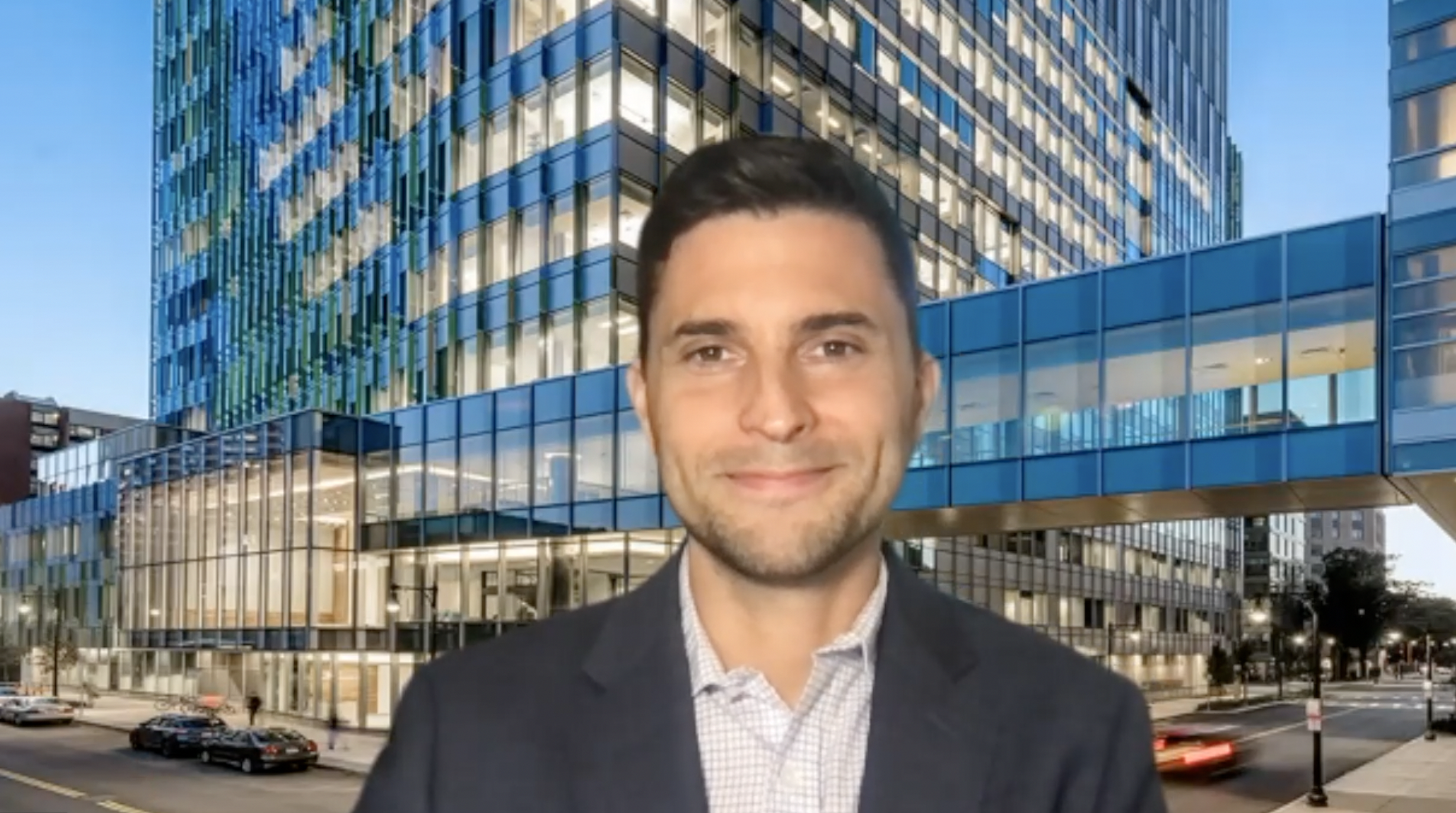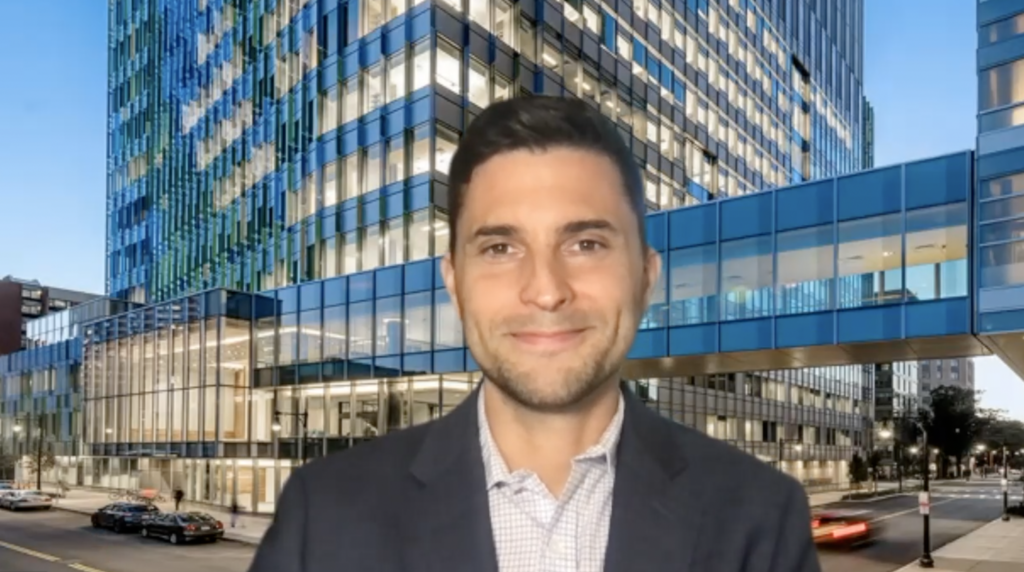touchCARDIO coverage of data presented at ESC 2024
touchCARDIO spoke with Dr Ganesan Karthikeyan All India Institute of Medical Sciences (AIIMS), New Delhi, India to get the results from the SAFE-PVT trial, presented at ESC 2024. SAFE-PVT was created to look at the difference in outcomes between surgery and fibrinolytic therapy to treat left-sided mechanical valve thrombosis, a condition that, while rare in developed countries, continues to affect patients in low- and middle-income countries where there are additional challenges in maintaining anticoagulation. This study looked to discern the differences in outcomes between surgery, the most common option in developed countries and also most recommended in Western guidelines, and fibrinolytic therapy with a low-dose, slow-infusion tPA regimen.
Results showed that the two therapies may in fact have similar outcomes (~70%) in terms of complete restoration of valve function, but with surgery presenting a higher rate of perioperative and post-treatment mortality. These results suggest, therefore, a potential change to recommended guidelines for treatment of left-sided mechanical valve thrombosis, particularly in areas where access to urgent surgery is less available, but also a greater focus on prevention to provide optimal outcomes for patients.
Disclosures: Ganesan Karthikeyan has no financial or non-financial conflicts of interest to declare in relation to this video.
This content has been developed independently by Touch Medical Media for touchCARDIO and is not affiliated with ESC. Unapproved products or unapproved uses of approved products may be discussed by the faculty; these situations may reflect the approval status in one or more jurisdictions. No endorsement of unapproved products or unapproved uses is either made or implied by mention of these products or uses by Touch Medical Media or any sponsor. Views expressed are the speaker’s own and do not necessarily reflect the views of Touch Medical Media.
Click here for more content on thrombosis and for further ESC 2024 highlights visit here.
Transcript
Q1. Could you give us a brief overview of the current methods to treat left-sided mechanical valve thrombosis?
Chemical valve thrombosis is, pretty rare in developed countries, but it’s, fairly common in developing countries, mainly because the quality of anticoagulation is pretty bad.
There are several challenges in maintaining the anticoagulation in low and middle income countries. So as a result, although there are no prospective data, we believe that the rate of that thrombosis could be as high as 3% or 4%, per year.
So at present, when patients present with mechanical vial thrombosis on the left side, we usually have two options with us when they are symptomatic.
We have to either give a, fibrinolytic therapy with tPA or streptokinase where, where things are not available.
And surgery, urgent surgery, is an option, but that’s generally not available in low and middle income countries.
And usually in the West, whenever it happens, the rare situation when it happens, people usually undergo surgery.
But we are, by default, in low and middle income countries, fibrinolytic therapy is the treatment.
This refers to symptomatic patients with left-sided valve thrombosis. In patients who have no symptoms, who are incidentally detected to have valve dysfunction, we usually hike up the anticoagulation. We make it better. We either give unfractionated heparin or we up-titrate, warfarin dose so that we, bring back INR to therapeutic range or maybe a little more than therapeutic and see how it goes.
Q2. What are the aims, design and eligibility criteria of SAFE-PVT?
The reason we did SAFE-PVT is that there are no randomized trials comparing thrombolytic therapy to surgery in the literature.
It’s a, it’s a condition not seen in developed countries, so it’s never been done in developed countries. And we see this fairly often, but still the challenge is that, we don’t have enough centers in which both surgery and fibrinolytic therapy can be an option, with sufficient levels of expertise.
So fortunately, we are at a centre which is a high volume valve surgery center, and we’ve had experience both with fibrinolytic therapy and urgent surgery. So we were ideally positioned to do this randomized control trial. So what we did was we, like I said, asymptomatic patients, we do not give fibrinolytic therapy or surgery. We just offer them, optimized anticoagulation.
So we enrolled patients with symptomatic left-sided valve thrombosis, which means patients who presented with recent onset, which is about 2 weeks or so of symptoms suggestive of bowel dysfunction, who would ordinarily be subjected to either fibrinolytic therapy or surgery at our centre.
So this was a broad inclusion criteria of these patients. We did not have any major exclusion criteria other than the fact that patients who are not eligible for fibrinolytic therapy, even otherwise, patients who had recent strokes, recent haemorrhage, they were excluded.
We also had one major exclusion criteria, which is, which is a logistic thing, because if the surgeon felt that he would not be able to operate or he did not feel comfortable operating on a patient, we excluded these patients. So that was not a very objective criteria, but, it was dependent on the surgeon.
So, that, those were the kind of patients that we enrolled. So once we enrolled them, we randomized them to either receive fibrinolytic therapy with slow low dose, slow infusion tPA, which is the current recommendation, which is based on observational data.
And, the other option was, to undergo surgery, preferably within 48 hours after randomization.
And the choice of surgery, either valve replacement or thrombectomy, was left to the discretion of the surgeon, when he, opened the patient and he decided if it was sufficient to go with thrombectomy, he did that. Otherwise, the valve was replaced.
The primary outcome of our trial was, the occurrence of a complete clinical response, which means complete restoration of valve function documented either by echocardiography and fluoroscopy, and the absence of any major complications, which means that the patient had to be discharged alive without a stroke, a major bleeding, or a systemic embolism.
Q3. What have been the findings between the two methods?
The success rates, the rates of complete clinical response, was about 70% in both. So we failed to show a difference between surgery and fibrinolytic therapy using this standard of care of fibrinolytic therapy, which is a slow, low dose, slow infusion TPA regimen.
That was a surprise to us.
And the, the most important reason why surgery did not do well was a higher incidence of death, perioperative death or in hospital death in the patients who underwent surgery. So there were seven deaths in the surgery arm compared to just one in the fibrinolytic therapy arm.
The rates of other complications were, not very different between the two, which was also surprising because our previous meta analysis suggested that thromboembolic complications and bleeding complications were more likely to occur with fibrinolytic therapy.
The other interesting finding was also that contrary to the previous observational data would suggest a 90% complete clinical response rate with the fibrinolytic therapy, this current regimen of fibrinolytic therapy, we found only about a 70% success rate. I believe that is because the, observational data included patients who were asymptomatic as well.
About 15, or 15-20% of those studies included asymptomatic patients, which, which kind of biases the results upwards.
Q4. What factors may have contributed to these findings?
Although we, aimed to provide urgent surgery within 48 hours, we were unable to do so. We were able to do so in only about little more than half of the patients. So surgery was a little delayed.
And about seven people did not undergo surgery out of the thirty nine who were randomized to surgery for various reasons, and they crossed over to receive fibrinolytic therapy. So that is another, another part of the result, which probably impacts clinical practice because we are a centre which is a high volume centre, and we have surgical cover around the clock. Despite being, able to provide surgery, we were unable to do so. So, our results probably are universally applicable. And definitely in, lesser centres, surgery would certainly not be an option given that it also increases mortality and it’s not, it can’t provide it on time for these patients.
Q5. What are the next steps, following SAFE-PVT?
The European guidelines particularly suggest that the default option for thrombosis is surgery, which I think needs to change because the default option should be for fibrinolytic therapy using the current low dose, slow infusion tPA regimen.
The second thing, of course, is that, the success rates with tPA, the much touted 90% rates are not, we’ve not seen them here, and they’re unlikely in symptomatic patients. So any treatment, both surgery and, fibrinolytic therapy, do not provide optimal outcomes for these patients. So the key is in prevention.
So, a couple of years ago, we presented the large INVICTUS trial, which is a rheumatic heart disease trial, anticoagulation trial. So we showed there that although the, quality the proportion of people in therapeutic range, was just about 33% to start with, with a simple algorithm that was introduced during the trial, we were able to bring it up to 65, 70%.
So I think it is time now to focus on prevention of valve thrombosis rather than treating them when they happen. So I think we need to more formally introduce these algorithm based, INR monitoring and dose adjustment for these patients. That would provide the most impact in terms of preventing valve thrombosis.
I think, valve thrombosis is, it epitomizes the kind of conditions that, fall between the cracks of evidence-based medicine, because they are not frequent enough in developing, the developed countries. And they are also not very common in developing countries.
We do not have evidence-based ways of treating them. And for decades now, in fact, this is the, this is only the second randomized trial in the entire field. The first one, we had done about 15 years ago, which compared two fibrinolytic regimens.
So most of the treatment for such conditions is based on local preferences and local availability of resources rather than the evidence.
And, I think that needs to change in some way.
So, because it was so difficult for us to randomize patients, we recruited 80 patients, 79 patients over 6 years at a single centre, mainly because people did not have equipoise about whether there is, the equipoise for the trial.
Many surgeons did not participate.
So, I think that’s a problem when treatments become ingrained in clinical practice and equipoise is lost, and we can’t really do a trial to actually look at the truth.
So I’m glad we were able to finish it, and it was, thanks to a small team of dedicated people who were able to shepherd this trial through particularly the 3 years of COVID. So we we just managed.
Interviewer/Editor: Heather Hall
Cite: Karthikeyan G. Surgery versus fibrinolytic therapy in SAFE-PVT. touchCARDIO, September 3 2024.




